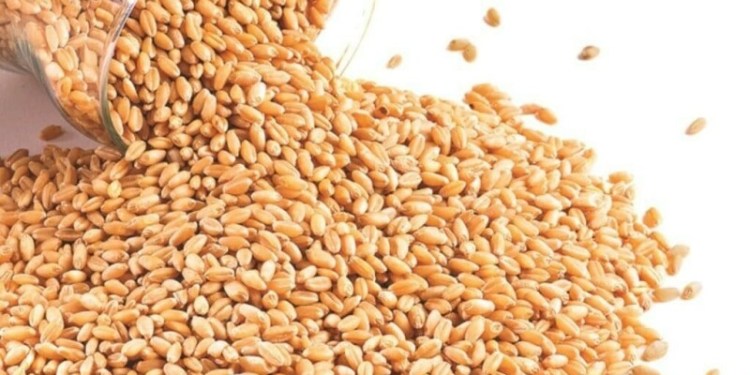Wednesday, 11 November 2015 00:24
 WASHINGTON: The US government on Tuesday raised its already robust outlook for 2015 domestic soybean production and yield to record levels, with harvested acreage remaining huge despite heavy flooding in the spring.
WASHINGTON: The US government on Tuesday raised its already robust outlook for 2015 domestic soybean production and yield to record levels, with harvested acreage remaining huge despite heavy flooding in the spring.
The U.S. Agriculture Department’s increased forecasts of both soy production and yield topped the high end of market forecasts. The government also raised its outlook for corn production and yield, with the figures topping the average of analysts’ estimates.
The bumper harvests will boost ending stocks of both commodities, as the outlook for soybean supplies comes in at the biggest level in nine years. The corn end stocks view received an additional bump from cuts to exports, as well as domestic and ethanol usage, and came in above the high end of forecasts.
Soybean futures fell sharply after the report was released, with the most actively traded Chicago Board of Trade January contract sinking 1.5 percent to all-time lows. CBOT December corn shed 1.6 percent, hitting its lowest in three months.
“This report could be the worst of the bearish news and I wonder if, when the dust settles, we could be due for a bounce,” said Ted Seifried, analyst at the Zaner Group. “Despite the bearish corn report, we need corn prices to go higher because of acres (in 2016).”
U.S. soybean production for the 2015/16 crop year was pegged at 3.981 billion bushels and average yield at 48.3 bushels per acre. Those figures eclipsed the previous records of 3.927 billion bushels and 47.5 bushels per acre, both set in 2014.
USDA said the 2015/16 corn harvest would total 13.654 billion bushels, which would be the third largest ever. It said average yield would be 169.3 bushels per acre, the second highest on record.
USDA left its estimates of harvested acreage for corn and soybeans unchanged.
Soybean ending stocks for 2015/16 were seen at 465 million bushels, up 40 million from the October outlook and the biggest since the 2006/07 marketing year.
USDA raised its domestic corn ending stocks view to 1.760 billion bushels from 1.561 billion, slashing its outlook for ethanol usage, exports and usage by the food, seed and industrial sector.
For wheat, U.S. ending stocks were raised to an unexpectedly bigger 911 million bushels from 861 million bushels due to a cut of 50 million bushels in exports.






























